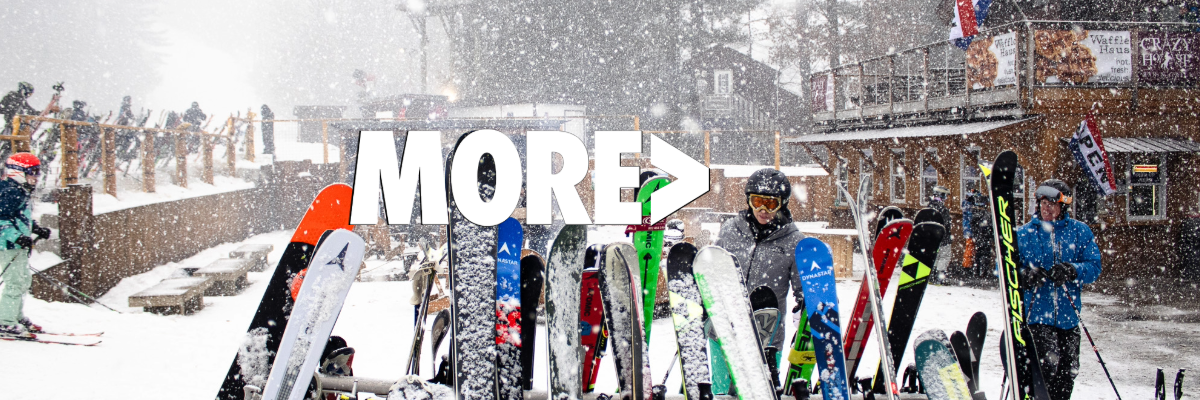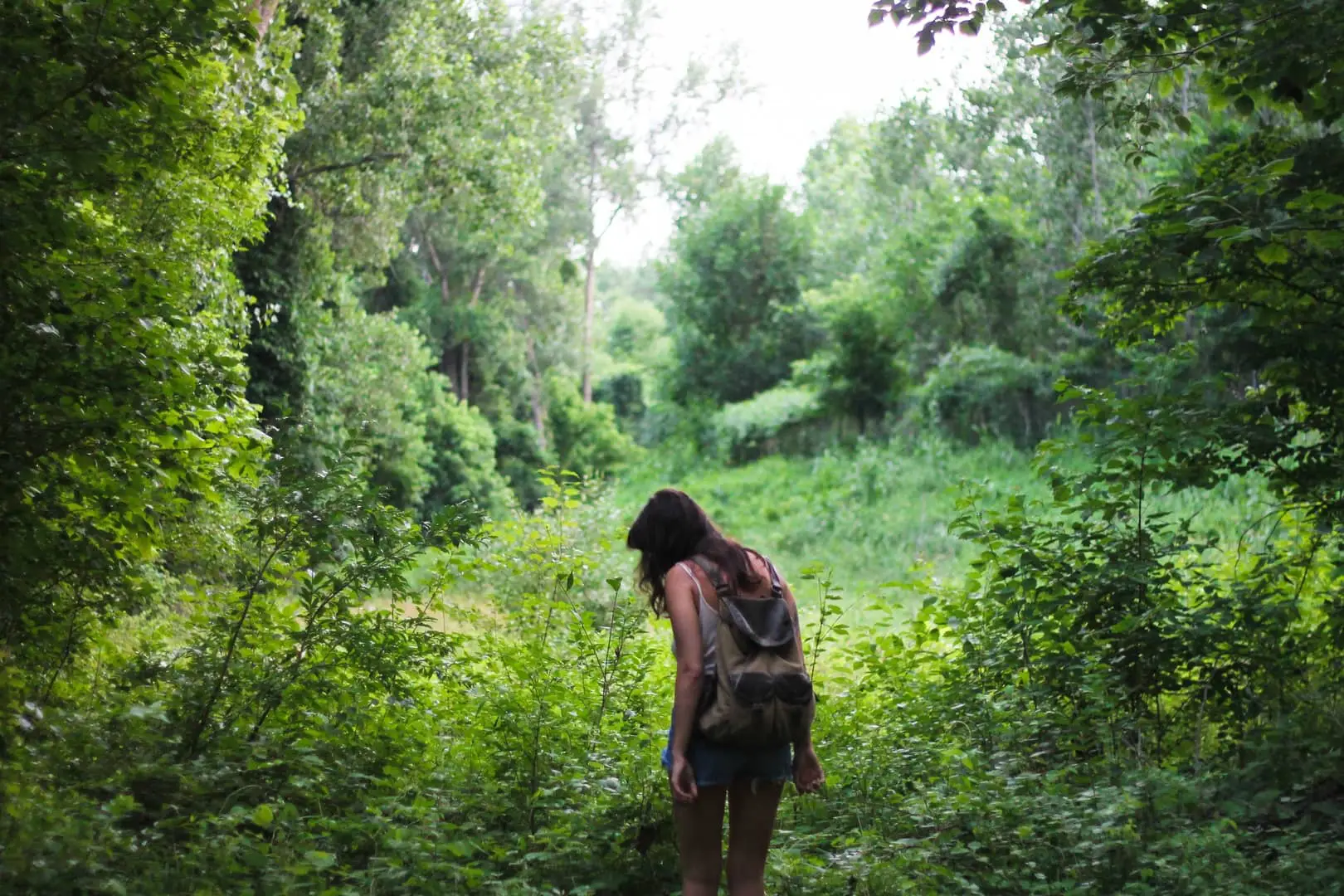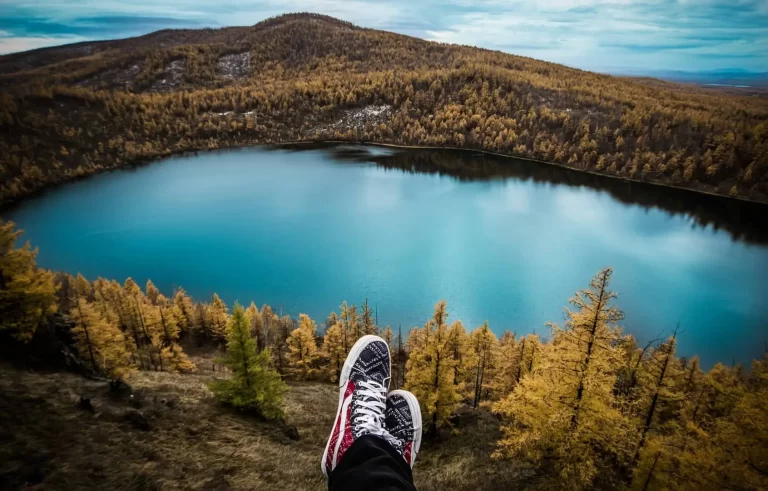Colorado Springs is a hiker’s paradise, known for its breathtaking trails, stunning views, and diverse terrain. From the iconic Garden of the Gods to the challenging ascent of Pikes Peak, the area offers something for hikers of all skill levels. However, the rugged beauty of these trails can also pose significant risks. Hikes can quickly turn dangerous due to unpredictable weather, high altitudes, and physical challenges. Here’s a look at when hikes go wrong in Colorado Springs and how to stay safe on the trails.
Common Risks on the Trails
- Rapid Weather Changes: Colorado Springs is known for its unpredictable weather, with conditions that can shift from sunny to stormy in a matter of minutes. Thunderstorms, sudden temperature drops, and even unexpected snowfall can catch hikers off guard, leading to hypothermia or dangerous trail conditions.
- Altitude Sickness: Many of the popular trails in the area, including those near Pikes Peak, are at high elevations. Hikers who are not acclimated to the altitude can experience headaches, dizziness, nausea, and shortness of breath. In severe cases, altitude sickness can be life-threatening.
- Getting Lost: With miles of interconnected trails and vast wilderness areas, it’s easy for hikers to lose their way, especially if trails are poorly marked or if hikers venture off the designated paths. A wrong turn can lead to dangerous situations, especially as daylight fades.
- Wildlife Encounters: Colorado’s backcountry is home to bears, mountain lions, rattlesnakes, and other wildlife. While most animals avoid humans, surprise encounters can occur, especially if hikers are not making enough noise or are carrying food that attracts wildlife.
- Physical Injuries: Slippery rocks, steep inclines, and uneven terrain can lead to falls, sprained ankles, or worse. Even experienced hikers can find themselves injured and unable to continue without assistance.









Tips for Staying Safe
- Check the Weather: Always check the weather forecast before heading out. Be prepared for sudden changes and pack layers, including a waterproof jacket, even if the forecast looks clear.
- Acclimate to the Altitude: If you’re not used to high altitudes, take time to acclimate by starting with lower elevation hikes and gradually working your way up. Stay hydrated and take breaks as needed.
- Stay on Marked Trails: Stick to designated trails and pay attention to trail markers. Carry a map, GPS, or a downloaded trail app to help you navigate.
- Be Wildlife Aware: Make noise as you hike to avoid surprising animals, and carry bear spray in areas where bears are common. Keep a safe distance from any wildlife you encounter.
- Pack Essentials: Carry plenty of water, snacks, a first aid kit, and a fully charged phone. Consider bringing a portable charger, especially for longer hikes.
Conclusion
Hiking in Colorado Springs can be an incredible experience, but it’s essential to be prepared for the risks that come with exploring the great outdoors. By taking precautions and planning ahead, you can enjoy the beauty of the trails while staying safe.






